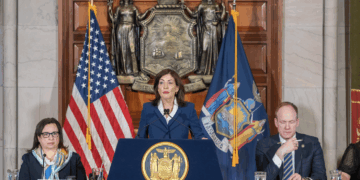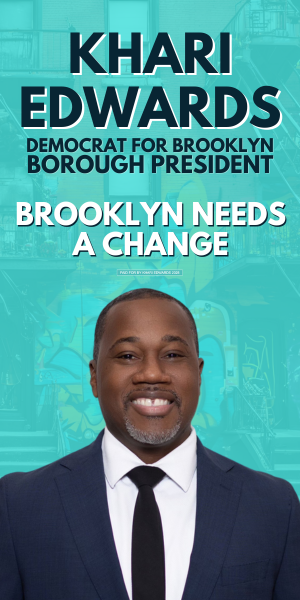On Saturday, May 18th, a report by the Independent Budget Office (IBO) revealed that New York City is sitting on an unexpected $2.2 billion surplus, surpassing Mayor Eric Adams’ financial projections for the next fiscal year. This finding has sparked discussions on how the additional funds should be utilized, with significant implications for the city’s budget planning.
The surplus comes as a surprise and has strengthened the New York City Council’s position against proposed budget cuts by Mayor Adams. The IBO report indicates that the surplus stems from higher-than-expected tax revenues and unanticipated savings in various city departments. The revelation of these funds has prompted calls for a reconsideration of budget priorities and spending plans.
City Council members argue that the surplus provides an opportunity to invest in critical areas such as education, healthcare, and public safety without the need for austerity measures including budget cuts. Council Speaker Adrienne Adams emphasized the importance of using the surplus to address pressing issues facing New Yorkers. “We need to ensure that this surplus benefits the people of New York City, especially in areas that have been underfunded for years,” she said.
Mayor Adams, on the other hand, has cautioned against assuming that the surplus guarantees long-term financial stability. He has urged for a balanced approach, highlighting the need to maintain reserves and prepare for potential economic downturns. “While it’s encouraging to see a surplus, we must be prudent in our spending and ensure we are prepared for any future challenges,” Mayor Adams stated.
The IBO report has fueled debates on fiscal policy and the best strategies for managing the city’s finances. Advocates for increased social spending argue that the surplus should be used to expand services and support vulnerable communities. Conversely, fiscal conservatives warn against overspending, advocating for saving the surplus to safeguard against future fiscal uncertainties.
This unexpected financial cushion has also reignited discussions about the effectiveness of the city’s revenue forecasting and budgeting processes. Some officials have called for reforms to improve accuracy and transparency in financial planning.
As budget negotiations continue, the surplus presents both an opportunity and a challenge for New York City’s leaders. They must balance immediate needs with long-term financial health, ensuring that the city’s resources are used effectively to benefit all residents.










